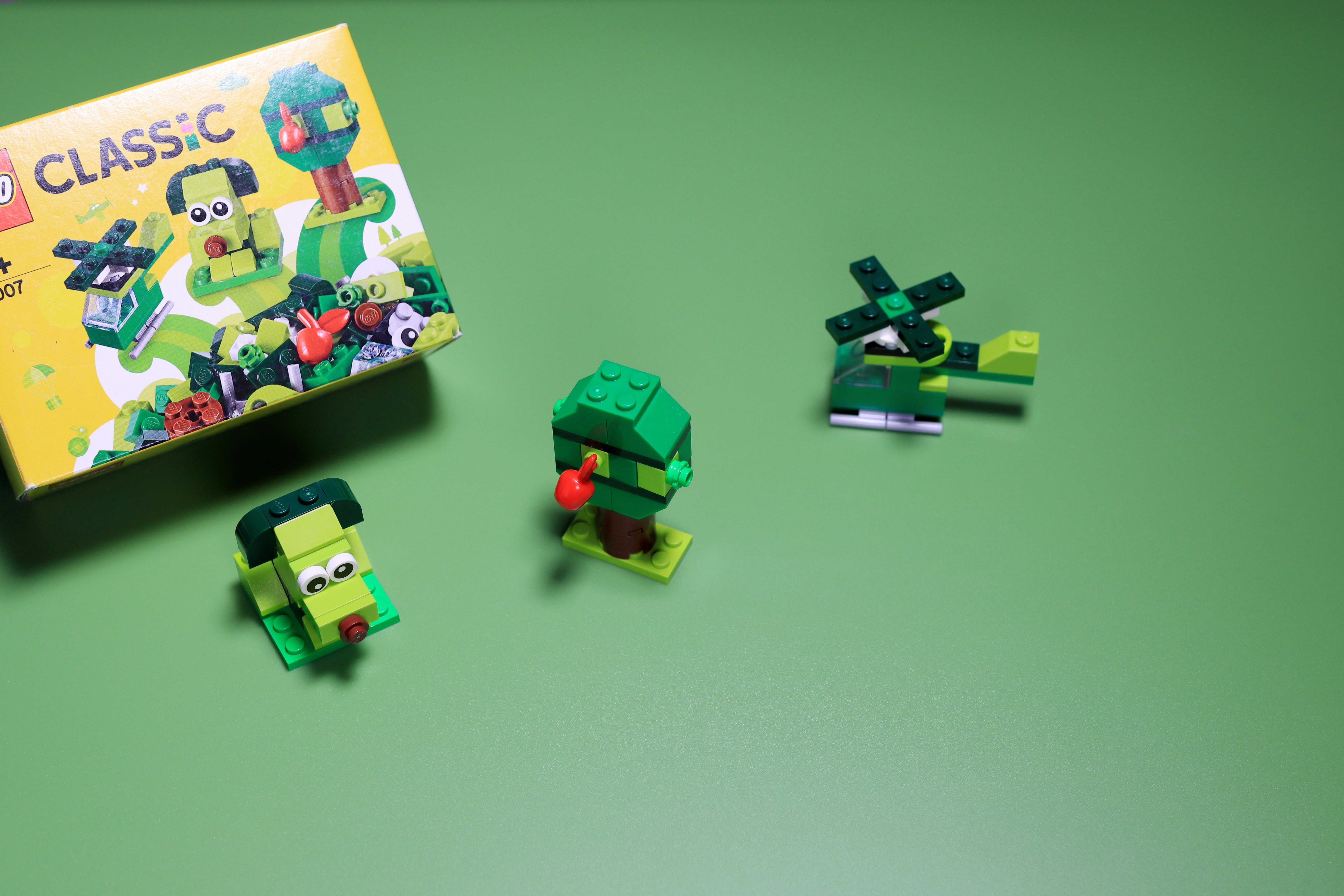The Rise and Fall of LEGO: A Brief History
LEGO, a name synonymous with creativity and innovation, has a rich history that began in 1932 when Ole Kirk Christiansen, a Danish carpenter, started producing wooden toys. The company officially adopted the name “LEGO” in 1934, derived from the Danish words “leg godt,” meaning “play well.” As the years progressed, Lego introduced its iconic plastic bricks in 1949, a transition that marked the beginning of its worldwide success. The company expanded rapidly throughout the 1950s and 1960s, solidifying its reputation as a leading brand in high-quality modular building toys.
By the 1970s and 1980s, LEGO had become a household name, with expanding product lines, including themed sets and the introduction of minifigures in 1978, which further enhanced imaginative play. This period of growth also saw the establishment of LEGOLAND parks, enhancing the brand’s visibility and customer engagement. However, the late 1990s and early 2000s brought significant challenges for the LEGO Group. The company ventured into diversifying its product range beyond building sets, introducing video games, clothing, and even theme parks. While this strategy aimed to capture new markets, it led to over-diversification, diverting focus from its core product line.
As competition increased from other toy manufacturers and digital gaming, LEGO’s financial health began to decline. Mismanagement within the company exacerbated the situation, leading to a significant setback. By 2004, LEGO faced a near collapse, struggling with operational inefficiencies and falling market shares. The company was at a crossroads, requiring immediate action to restore its position as a leader in the toy industry. This decline was a critical turning point, laying the groundwork for the transformative strategies that would ultimately revive the LEGO brand.
Innovative Strategies: Reinventing the Brand
In order to navigate the waters of decline and establish a resurgence, LEGO implemented a series of innovative strategies that fundamentally transformed the brand. Central to this reinvention was the introduction of new themes and product lines that resonated with both children and adults alike. Themes such as LEGO Friends, aimed at a female demographic, and lines inspired by popular franchises like Star Wars and Harry Potter significantly broadened LEGO’s market appeal. By collaborating with these globally recognized franchises, LEGO not only diversified its product offerings but also tapped into the expansive fan bases of these brands, fostering renewed interest.
The alignment with blockbuster franchises proved beneficial, as LEGO sets became more than mere toys; they turned into collector’s items. This shift in perception was bolstered by the development of themed sets that intertwined storytelling with play, allowing consumers to immerse themselves in their favorite universes through the tactile experience of building. As a result, LEGO was able to capture the imaginations of both younger audiences and adult fans, enhancing brand loyalty in the process.
Recognizing the shift towards digital realms, LEGO also ventured into the world of technology by introducing video games and mobile apps. This pivot towards digital play not only supplemented traditional building experiences but also catered to a generation increasingly captivated by screen-based entertainment. Games such as LEGO Star Wars and LEGO Harry Potter provided interactive storytelling experiences, seamlessly marrying the physical and digital play experiences. By creating engaging content that appealed to tech-savvy consumers, LEGO ensured that the brand stayed relevant in a rapidly evolving digital landscape.
In essence, these innovative strategies, encompassing diversification, franchise partnerships, and digital engagement, played pivotal roles in reinvigorating LEGO’s brand identity and catalyzing its comeback.
Cultivating Creativity: Engaging the Community
LEGO’s remarkable resurgence can largely be attributed to its ability to cultivate creativity and actively engage its community. One of the pivotal initiatives in this regard is LEGO Ideas, a platform that invites fans to submit their own designs for potential product development. This innovative approach not only empowers users to become contributors but also allows the brand to tap into the rich reservoir of creativity that exists within its fan base. By embracing user-generated content, LEGO has effectively transformed its audience from passive consumers into active participants in the brand’s creative journey.
The participation from fans through LEGO Ideas has led to the introduction of several successful sets, including the popular “Women of NASA” and “The Big Bang Theory” sets, which originated from fan submissions. Such initiatives showcase how collaboration can yield products that resonate deeply with consumers, ultimately strengthening their loyalty and connection to the brand. By integrating the voices of its community into the developmental process, LEGO has redefined the concept of brand collaboration, making creativity a shared experience.
Moreover, the role of social media has been instrumental in building a vibrant LEGO community. Platforms like Instagram, Facebook, and Twitter serve as vital channels for LEGO enthusiasts to share their creations, exchange ideas, and participate in discussions. The sense of belonging generated through these online interactions fosters an emotional connection between LEGO and its customers. Fans often showcase their unique builds and engage with one another in a supportive environment, which further amplifies the creativity surrounding the brand.
In this cohesive community, LEGO has adeptly nurtured a culture of innovation and imagination, reinforcing the idea that the brand values input from its fans. By prioritizing engagement and establishing meaningful connections, LEGO not only maintains creativity but also positions itself as a beloved and dynamic brand globally.
Lessons Learned: The Role of Innovation in Sustainable Business
The resurgence of LEGO from the brink of collapse serves as a compelling case study illustrating the critical role that innovation plays in maintaining a sustainable business model. In an era where consumer preferences are in constant flux, companies must be willing to adapt and evolve to meet the expectations of their clientele. LEGO accomplished this by infusing creativity into their product lines, thereby revitalizing their brand and engaging long-term loyalty from consumers.
One of the pivotal lessons from LEGO’s comeback story is the importance of fostering a culture of creativity within the organization. This culture encourages employees to experiment and innovate, enabling the brand to continuously develop fresh ideas that resonate with today’s consumers. By concentrating on collaborative efforts that integrate diverse viewpoints, LEGO was able to harness the collective creativity of its workforce, leading to unique product offerings that captivated both children and adult fans alike.
Moreover, the company’s ability to remain responsive to consumer needs is vital in today’s fast-paced marketplace. LEGO actively sought feedback and engaged with its community to guide product development, ensuring that they catered to evolving preferences and trends. This approach has not only enhanced customer satisfaction but has also fortified LEGO’s reputation as a brand that values its customers’ opinions.
Additionally, while innovation is essential, maintaining a strong brand identity is equally important. LEGO’s commitment to quality and playfulness has remained consistent, even as the brand diversified its product offerings. This alignment between innovation and core values ensures that while the company adapts to new challenges, its identity remains intact, reinforcing consumer trust and loyalty.
In conclusion, LEGO’s journey emphasizes that innovation, adaptability, and a steadfast commitment to brand identity are indispensable for businesses aiming for sustainability in a rapidly evolving environment. Other brands facing similar challenges can learn from this approach to navigate disruptions effectively.







Leave a Reply